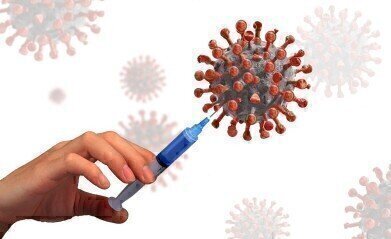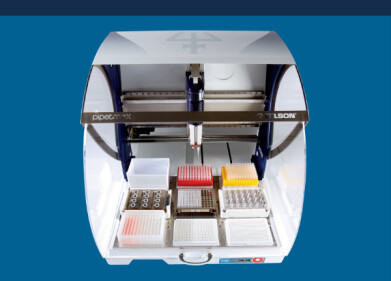Laboratory Products
Do the COVID-19 Vaccines Have Side Effects?
Dec 15 2020
The COVID-19 vaccines are some of the fastest ever rolled out, with scientists accelerating the development process and launching not one but three different solutions in the past few months. While there’s enormous hope surrounding the vaccine developed by Pfizer/BioNTech, health experts warm the short-term side effects could be dangerous.
The Pfizer/BioNTech achieved a 95% success rate in clinical trials featuring tens of thousands of people, with scientists reporting no serious side effects. However, some patients did show signs of vaccine reactogenicity, a set of reactions triggered by the body’s inflammatory response to a shot. Fevers and painful swelling at the site of the injection are most common, with some patients experiencing egg-sized lumps.
The risk of reactogenicity
Experts theorise the reaction could be caused by the way in which the vaccine is delivered. To develop the Pfizer/BioNTech vaccine, scientists used lipid nanoparticle fat bubbles to encase snippets of genetic code used to produce the coronavirus spike protein. This lipid nanoparticle could be what’s causing the inflammatory responses and triggering vaccine reactogenicity.
American physician and immunologist Dr. Anthony Fauci says the UK may have approved the Pfizer/BioNTech vaccine too fast and warns that the risk of reactogenicity could create a negative public sentiment. “If you go quickly and you do it superficially, people are not going to want to get vaccinated,” says Fauci, director of the National Institute of Allergy and Infectious Diseases.
University of Michigan epidemiologist Arnold Monto agrees, saying the rate of reactogenicity is much higher than the flu vaccine, with almost 10% of patients reporting fatigue. A further 9% reported muscle pain and 5% suffered from headaches.
“Suck it up for a day,” say health experts
For vaccinology expert Florian Krammer, the benefits far outweigh the discomforts associated with COVID-19 vaccines. Most people experience minimal side effects, with less than 2% of participants developing fevers of higher than 39°C or 40°C. I'm not concerned about [reactogenicity] at all,” says Krammer, who participated in early Pfizer/BioNTech trials. The side effects are “unpleasant but not dangerous,” he adds.
University of Pennsylvania immunologist Drew Weissman says the focus should be on educating and preparing patients. “The companies just have to warn people: ‘This is what you need to expect. Take Tylenol and suck it up for a day,” says Weissman, who maintains reactogenicity is a sign the vaccine is working well.
From COVID-19 to Polio, advanced laboratory equipment supports every stage of vaccine development. Find out more about the latest laboratory advances in ‘Barcoded Tube Rack Readers for Automation’ with insight from Stephen Knight and Neil Benn on behalf of Ziath Ltd.
Digital Edition
ILM 49.5 July
July 2024
Chromatography Articles - Understanding PFAS: Analysis and Implications Mass Spectrometry & Spectroscopy Articles - MS detection of Alzheimer’s blood-based biomarkers LIMS - Essent...
View all digital editions
Events
ACS National Meeting - Fall 2024
Aug 18 2024 Denver, CO, USA
Aug 25 2024 Copenhagen, Denmark
Aug 28 2024 Phnom Penh, Cambodia
Sep 04 2024 Chiba, Tokyo, Japan
Sep 04 2024 University of Warwick, Coventry, UK





24_06.jpg)












